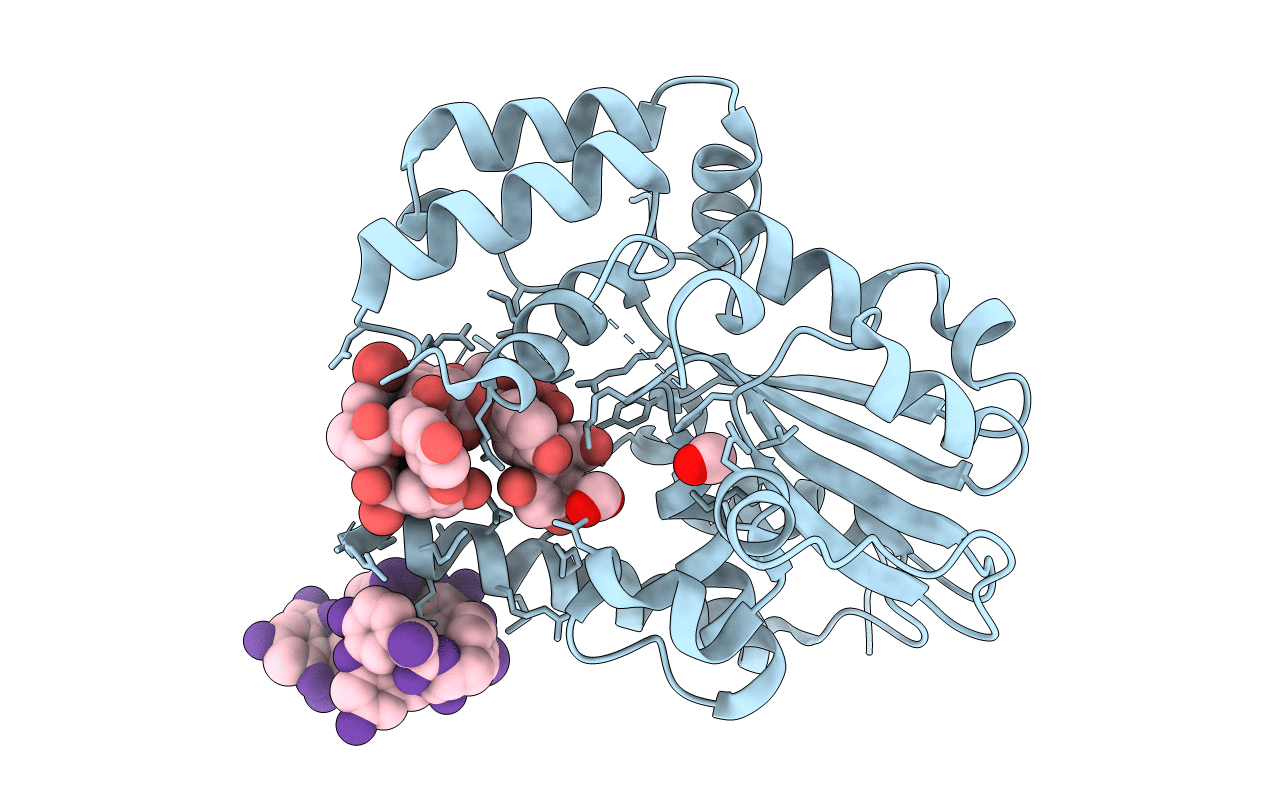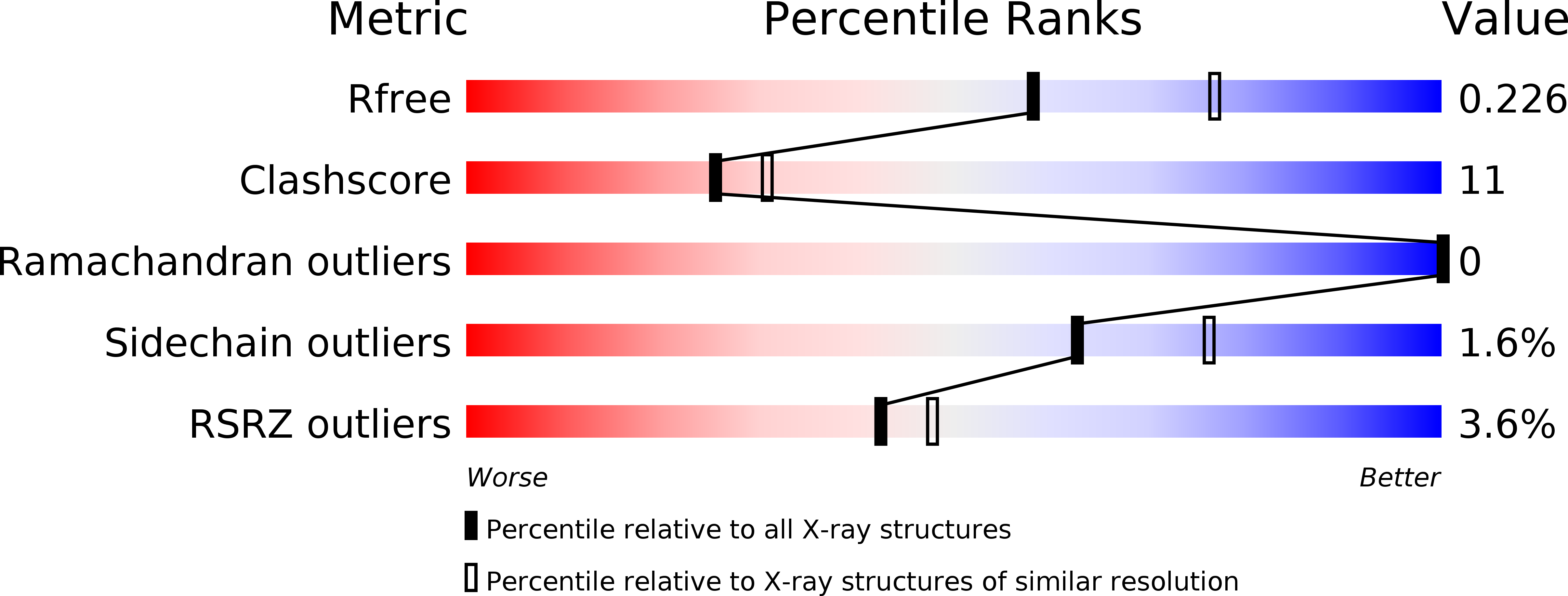
Deposition Date
2010-04-05
Release Date
2010-06-09
Last Version Date
2023-11-22
Entry Detail
PDB ID:
3MG9
Keywords:
Title:
Teg 12 Binary Structure Complexed with the Teicoplanin Aglycone
Biological Source:
Source Organism:
UNCULTURED SOIL BACTERIUM (Taxon ID: 164851)
NONOMURAEA SP. ATCC 39727 (Taxon ID: 93944)
NONOMURAEA SP. ATCC 39727 (Taxon ID: 93944)
Host Organism:
Method Details:
Experimental Method:
Resolution:
2.27 Å
R-Value Free:
0.22
R-Value Work:
0.17
R-Value Observed:
0.17
Space Group:
I 21 21 21


